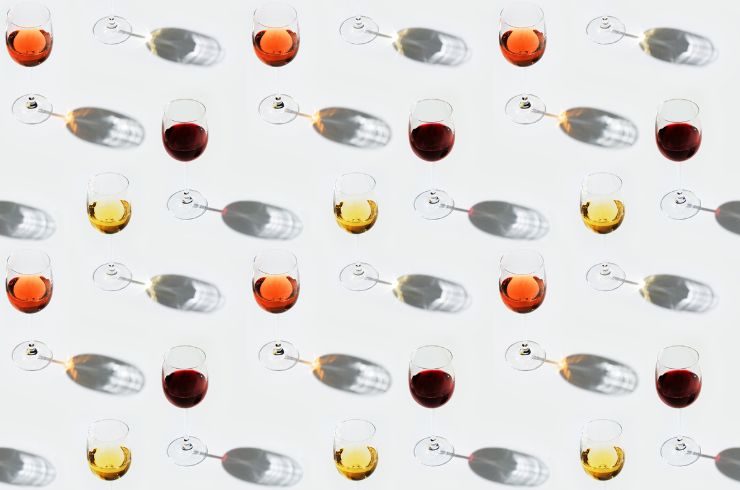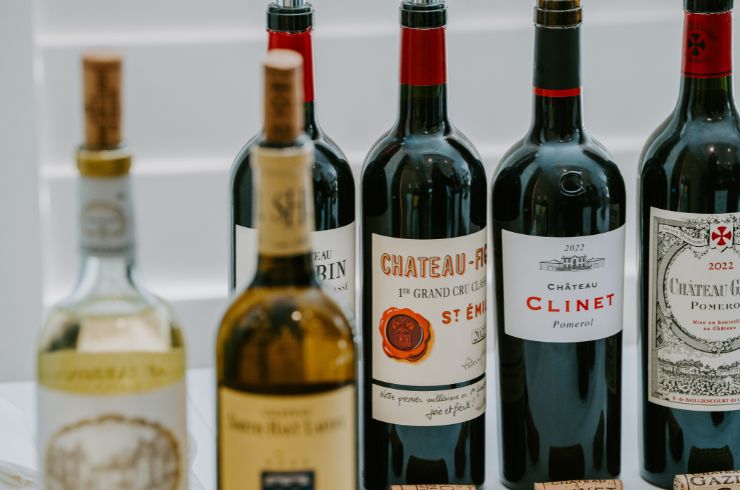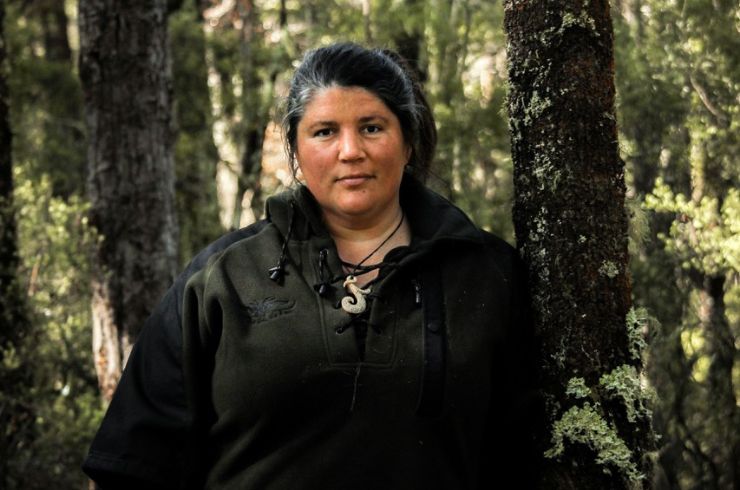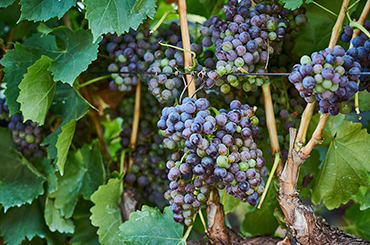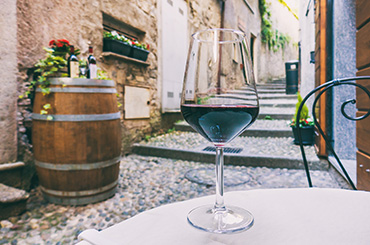While it’s tempting to discuss the ‘emerging’, ‘alternative’, or Mediterranean grapes making their mark in warmer viticultural parts of Australia as a whole, recent tastings for the Halliday Wine Companion strongly suggest that among the newer white cultivars, one leads the way: fiano.
Fiano is among Italy’s great grapes of either colour. Its spiritual home is in Campania, stretching towards the volcanic hillsides outside of Naples. There, it reaches its apogee around the town of Avellino in medium- to fuller-weight wines with aromas of stone fruit, bitter almond and fennel, with saline freshness juxtaposed against their palate-staining viscosity.
Fiano’s success in Australia is chiefly due to climatic suitability. It is robust, far from thirsty and well suited to hot environments, having evolved across the ebbs and flows of Mediterranean antiquity. Planting in the right regions, sites and with appropriate rootstock and clonal selection also play a part.
But good wine is about more than this. Great wine, so much more.
Increasingly, fiano’s triumph here is due to courage and a search for truth. Courage to sample widely and understand what constitutes quality wine. To make wines of texture and with an indelible stamp of place, rather than the early-harvested, cool-fermented and acidified examples that have defined so much Australian fiano before.
Plantings of fiano in Australia are nascent, and winemakers are just getting started. However, having tasted a slew of recent examples, I can say optimistically and unequivocally that the better producers are crafting wines we can, at last, get our teeth into – that are optimally ripe and layered, often fermented spontaneously, and embellished with some lees handling, skin contact and larger format oak. These wines are ample and textural and so much more than just another fresh white.
Far from comprehensive, the list of fianos below is indicative of the most exciting tasted to date for the Halliday Wine Companion.
Fiano is among Italy’s great grapes of either colour. Its spiritual home is in Campania, stretching towards the volcanic hillsides outside of Naples. There, it reaches its apogee around the town of Avellino in medium- to fuller-weight wines with aromas of stone fruit, bitter almond and fennel, with saline freshness juxtaposed against their palate-staining viscosity.
Fiano’s success in Australia is chiefly due to climatic suitability. It is robust, far from thirsty and well suited to hot environments, having evolved across the ebbs and flows of Mediterranean antiquity. Planting in the right regions, sites and with appropriate rootstock and clonal selection also play a part.
But good wine is about more than this. Great wine, so much more.
Increasingly, fiano’s triumph here is due to courage and a search for truth. Courage to sample widely and understand what constitutes quality wine. To make wines of texture and with an indelible stamp of place, rather than the early-harvested, cool-fermented and acidified examples that have defined so much Australian fiano before.
Plantings of fiano in Australia are nascent, and winemakers are just getting started. However, having tasted a slew of recent examples, I can say optimistically and unequivocally that the better producers are crafting wines we can, at last, get our teeth into – that are optimally ripe and layered, often fermented spontaneously, and embellished with some lees handling, skin contact and larger format oak. These wines are ample and textural and so much more than just another fresh white.
Far from comprehensive, the list of fianos below is indicative of the most exciting tasted to date for the Halliday Wine Companion.
Sign up to view these tasting notes and ratings
By becoming a member of Wine Companion, you'll have access to the largest database of wines in Australia.
Latest Articles
-
Wine Lists
The 50 most popular wines of 2025
just now -
From the tasting team
The vintage of the century: Katrina Butler on Bordeaux 2022
14 hours ago -
News
The heart of Aotearoa: How a connection to Māori culture and land shapes New Zealand wine
1 day ago -
Win
Win a stunning collection of Plumm glassware and wine, valued at over $500
11 Dec 2025
